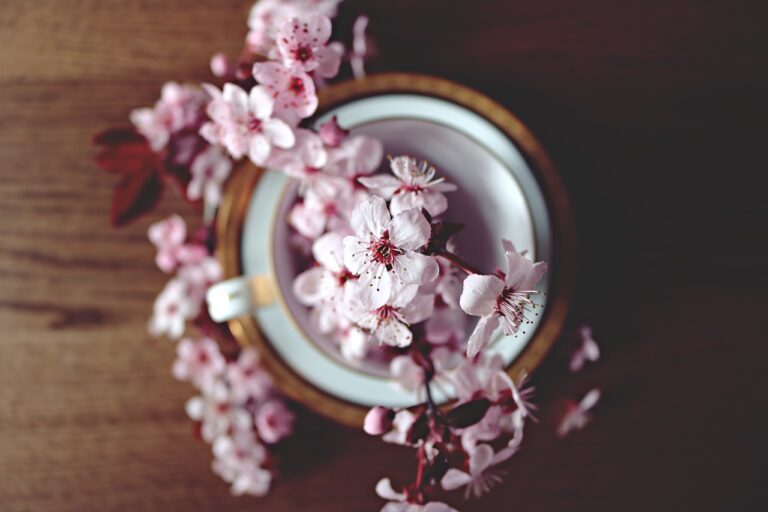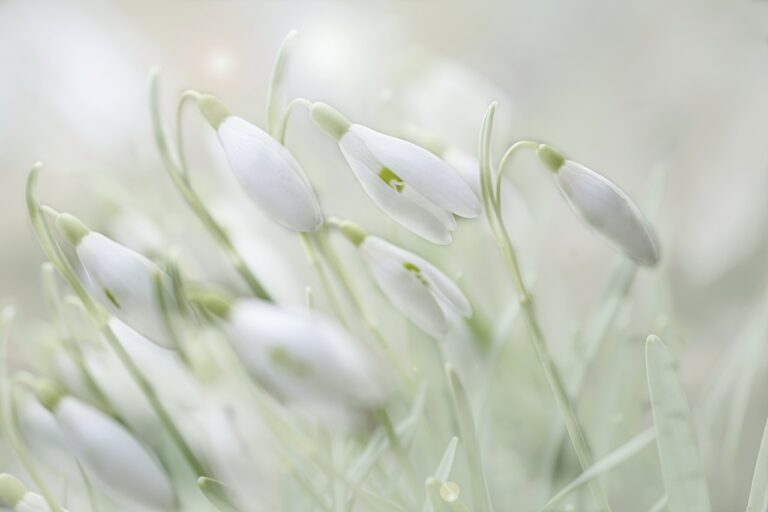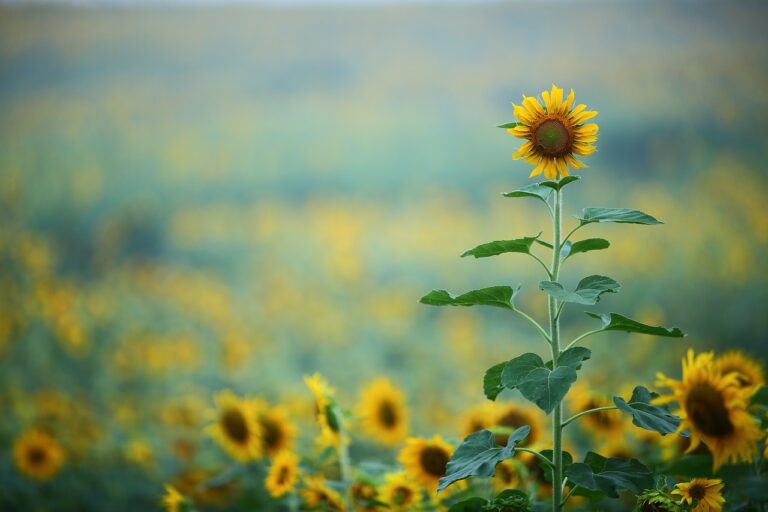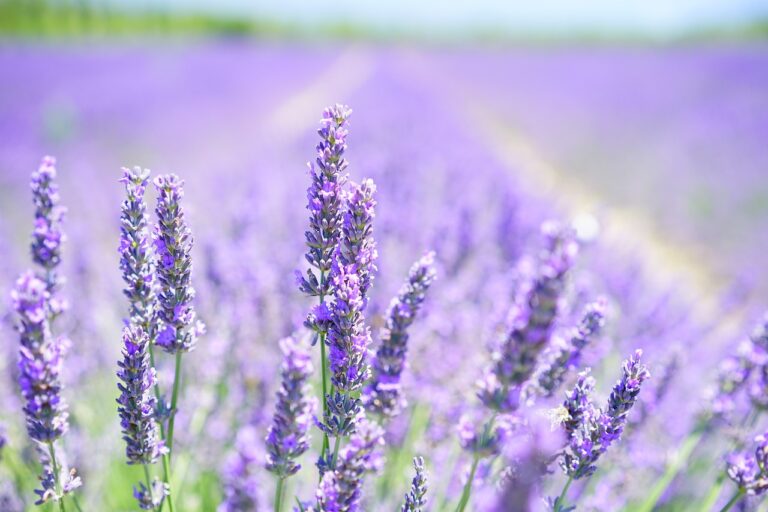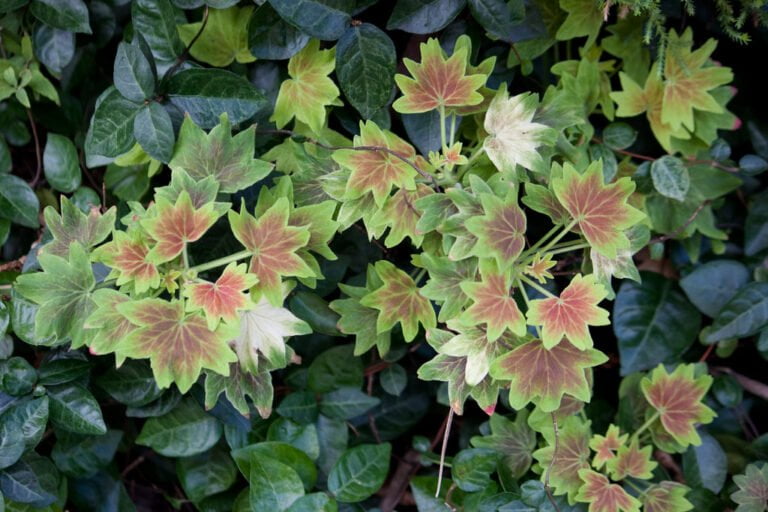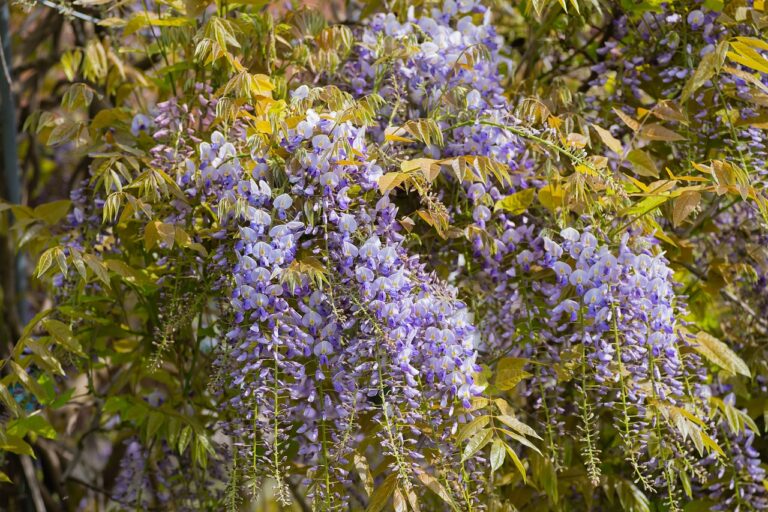Using Nasturtiums, Violets, and Calendula: a Guide to Cooking With Edible Flowers
Looking to add a unique touch to your dishes? This guide is here to help you explore the world of cooking with edible flowers. From the peppery kick of nasturtiums to the delicate elegance of violets and the vibrant flavor of calendula, discover how to incorporate these blooms into your culinary creations. Learn how to choose the best varieties, harvest them with finesse, and use them in an array of sweet and savory recipes. Elevate your meals and impress your guests with edible flower garnishes. Let's dive in!
Nasturtiums: A Flavorful Addition to Your Dishes
Add a handful of vibrant and peppery nasturtium blossoms to elevate the flavor of your dishes. Nasturtiums not only bring a pop of color to your plate, but they also offer numerous health benefits. These edible flowers are rich in vitamins A, C, and D, as well as iron and manganese. They also contain compounds that have antimicrobial and anti-inflammatory properties. Growing nasturtiums is relatively easy, making them a great addition to your garden. They thrive in well-drained soil and can tolerate both full sun and partial shade. Plant the seeds directly in the ground after the last frost, and water them regularly to keep the soil moist. With their vibrant colors and health benefits, nasturtiums are a must-have in any kitchen and garden.
Violets: Adding a Touch of Elegance to Your Meals
Enhance your meals with a touch of elegance by incorporating violets, a delicate and aromatic edible flower. Violets not only add a vibrant pop of color but also a unique flavor to your dishes. They are perfect for adding a touch of sophistication to salads. Simply sprinkle some violet petals over your favorite greens for a visually stunning and flavorful salad.
But violets are not just limited to salads. They can also be a unique ingredient for cocktails. Infuse vodka or gin with violet petals to create a floral and fragrant base for your drinks. You can also make violet syrup by simmering the petals with sugar and water, which can be added to cocktails or used as a sweet topping for desserts.
Calendula: A Vibrant Ingredient for Culinary Delights
Get creative in the kitchen and explore the vibrant flavors and colors of calendula, an edible flower that will take your culinary delights to the next level. Calendula, also known as marigold, not only adds a pop of color to your dishes but also offers numerous health benefits. Its petals are commonly used in salads, soups, and teas, bringing a subtle, slightly spicy flavor to your recipes. Calendula is rich in antioxidants, which help boost your immune system and promote healthy skin. You can also make calendula-infused oils to add a unique touch to your dressings or use it as a natural dye for your culinary creations. With its versatility and health benefits, calendula is a must-have ingredient for any aspiring chef.
Edible Flower Selection: Choosing the Best Varieties
As you continue exploring the vibrant flavors and colors of edible flowers, it is important to carefully select the best varieties for your culinary creations. When it comes to choosing edible flowers, there are a few factors to consider. First, ensure that the flowers you select are safe to consume and have not been treated with any chemicals. Look for organic options or grow your own flowers to have full control over their cultivation. Additionally, consider the flavor profile and aroma of the flowers. Some varieties, like roses and lavender, have a strong fragrance that can enhance the taste of your dishes. Lastly, think about the practicality of the flowers. Choose varieties that are easy to handle, such as pansies and marigolds, which can be easily preserved and used as garnishes. Whether you are foraging for edible flowers in the wild or purchasing them from a local market, selecting the best varieties will ensure that your culinary creations are both visually appealing and delicious.
Harvesting Edible Flowers: Tips and Techniques
To ensure a successful harvest of edible flowers, you should carefully select the best time to pick them for optimal freshness and flavor. Harvesting techniques play a crucial role in preserving the delicate nature of these blossoms. When harvesting, it is important to use sharp, clean scissors or pruning shears to avoid damaging the flowers. Choose flowers that are fully open and vibrant in color, as they will have the best flavor. Gently remove the flowers from the plant, being careful not to bruise or crush them. To preserve freshness, it is recommended to harvest the flowers in the early morning when they are at their peak. Place the freshly harvested flowers in a container lined with a damp paper towel and store them in the refrigerator until ready to use. By following these harvesting techniques, you can ensure the freshest and most flavorful edible flowers for your culinary creations.
Preparing Edible Flowers for Cooking: Cleaning and Storage
To prepare edible flowers for cooking, clean and store them properly to maintain their freshness and flavor. Edible flower preservation is important to maximize the flavor of these delicate blooms. Begin by gently rinsing the flowers under cold water to remove any dirt or insects. Be careful not to bruise or damage the petals. After washing, pat the flowers dry with a clean paper towel. It's crucial to store them correctly to prevent wilting or spoilage. Place the flowers in a sealed container lined with a damp paper towel to maintain moisture. Store them in the refrigerator, ideally in the crisper drawer, for up to a week. When using the flowers in recipes, inspect them for any signs of decay or discoloration before cooking. With proper cleaning and storage, you can enjoy the vibrant flavors of edible flowers in your culinary creations.
Cooking Techniques: Incorporating Edible Flowers in Recipes
When incorporating edible flowers in your recipes, it is important to explore various cooking techniques that enhance their flavors and textures. One creative way to incorporate edible flowers is by adding them to drinks. You can infuse the flowers into simple syrup or make floral ice cubes to add a delicate and visually appealing touch to your beverages. Another technique is to use edible flowers as a garnish for your dishes. Get creative with plating ideas by scattering a few petals on top of salads, soups, or desserts to add a pop of color and a hint of floral aroma. Edible flowers can also be used in baking, such as adding them to cake batters or sprinkling them over pastries. By incorporating edible flowers in different ways, you can elevate your dishes and impress your guests with their beauty and unique flavor profiles.
Sweet Treats: Desserts and Baked Goods With Edible Flowers
Enhance your desserts and baked goods with the addition of edible flowers. These delicate blooms not only add a touch of elegance to your sweet treats, but they also bring unique flavors and vibrant colors to the table. One creative way to incorporate edible flowers is by infusing them into ice cream. Simply steep the petals in warm cream, strain, and use the infused cream to make a delicious and visually appealing floral ice cream. Another option is to create flower-themed cakes, such as a rose petal cake or a lavender-infused sponge cake. These cakes not only look stunning but also offer a subtle floral taste. So, next time you're baking or making desserts, don't forget to explore the world of edible flowers and let your creativity bloom.
Savory Delights: Main Courses and Side Dishes With Edible Flowers
Continue to elevate your culinary creations by incorporating edible flowers into your main courses and side dishes, adding a burst of color and unique flavors to your savory delights. Edible flower infused beverages are a wonderful way to infuse your dishes with floral notes. Try adding violets or calendula petals to lemonade or iced tea for a refreshing twist. Edible flower infused oils are another fantastic way to enhance the taste of your dishes. Simply steep your favorite edible flowers in olive oil for a few days, strain, and use the infused oil to dress salads or drizzle over roasted vegetables. The delicate flavors of the flowers will add a subtle and elegant touch to your savory creations. Experiment with different combinations and let your imagination run wild in the kitchen. Your guests will be delighted by the beautiful and delicious results.
Edible Flower Garnishes: Enhancing the Presentation of Your Dishes
To enhance the presentation of your dishes, incorporate edible flower garnishes that add a pop of color and an elegant touch. Not only do edible flowers make your food visually appealing, but they also offer additional benefits. Using edible flowers for natural dyes allows you to add vibrant hues to your dishes without artificial additives. Imagine the beauty of a bright yellow marigold petal sprinkled over a salad or a delicate purple pansy adorning a dessert. Additionally, exploring the medicinal properties of edible flowers can bring health benefits beyond taste. For example, lavender flowers can aid in relaxation, while chamomile flowers can soothe digestion. By incorporating edible flower garnishes, you not only elevate the appearance of your dishes, but you also introduce new flavors and health benefits to your meals.
Frequently Asked Questions
Can I Eat Any Type of Flower?
Yes, you can eat various types of flowers. They are used in traditional cuisines around the world and can be incorporated into desserts. Discover the beauty and taste of edible flowers!
How Do I Know if a Flower Is Safe to Eat?
To know if a flower is safe to eat, you should first identify edible flowers by researching reputable sources. Common misconceptions about edible flowers can be debunked through proper knowledge and guidance.
Are There Any Flowers That Should Not Be Cooked or Heated?
Are there any flowers that have toxic properties if consumed? Yes, some flowers are toxic and should not be cooked or heated. However, edible flowers can be used in desserts or baked goods as long as they are safe to eat.
Can I Use Edible Flowers in Raw Salads?
Yes, you can definitely use edible flowers in raw salads! They add a beautiful pop of color and a unique flavor. Just make sure to wash them thoroughly and use them as a garnish. You can also use edible flowers in beverages and desserts.
How Do I Properly Wash and Store Edible Flowers?
To properly wash and store edible flowers, start by gently rinsing them under cold water to remove any dirt or debris. Then, pat them dry with a paper towel and store them in a sealed container in the refrigerator.
Conclusion
Incorporating edible flowers into your cooking can elevate your dishes with their unique flavors, vibrant colors, and elegant presentation. From the peppery taste of nasturtiums to the delicate sweetness of violets, and the vibrant hues of calendula, these flowers offer a world of culinary possibilities. With careful selection, harvesting, and cooking techniques, you can create both sweet treats and savory delights that will impress and delight your guests. So don't be afraid to experiment and add a touch of beauty and taste to your meals with edible flowers.

